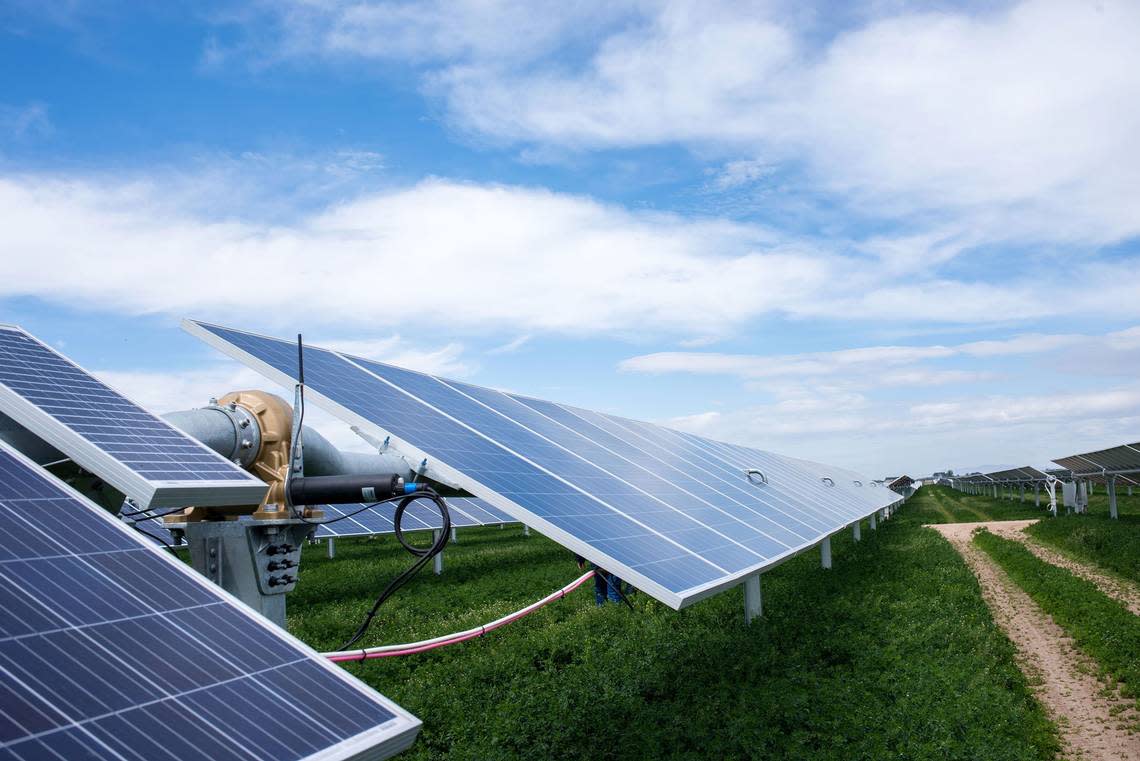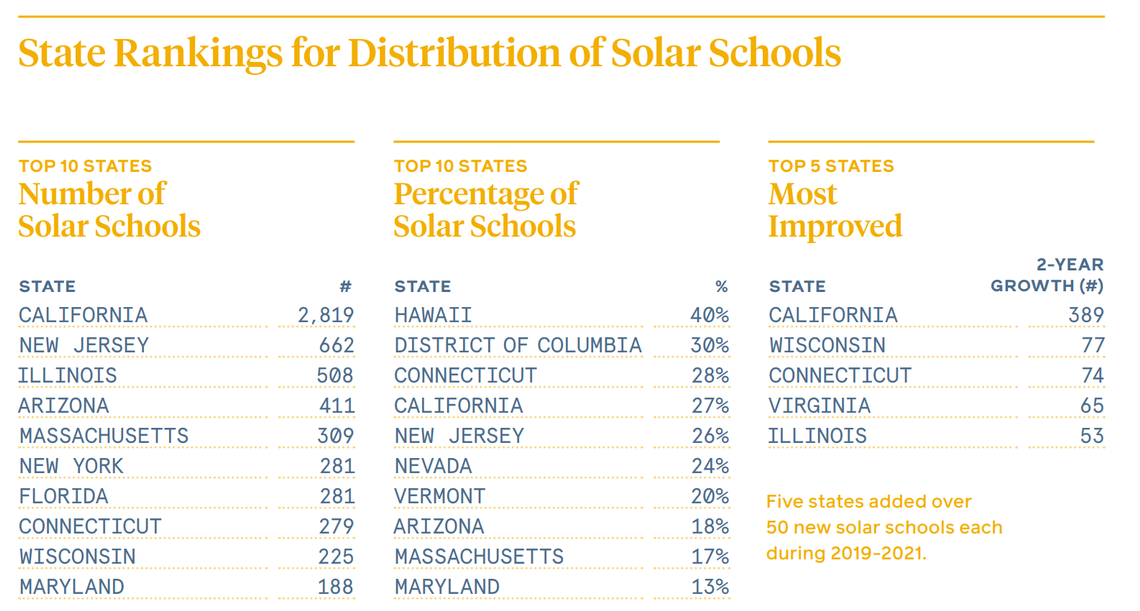Boise schools are using and teaching about solar power. Here’s how you can pitch in
If every K-12 school in the United States was 100% powered by solar energy, it’s estimated that approximately 60 million metric tons of carbon dioxide emissions would be eliminated each year.
That’s equivalent to 16 coal-fired power plants, according to a new study by Generation180, a Virginia-based nonprofit that raises awareness for clean, renewable energy.
But the U.S. isn’t quite there yet. As of the end of 2021, there were 8,409 K-12 schools nationwide generating solar energy, which is approximately 9% of all K-12 schools.
Do Idaho K-12 schools use solar?
Idaho is pitching in with the push to go solar. According to Generation180, 33 schools in the Gem State run off some sort of solar power, and 11 of those are in the Treasure Valley.
Most of those 11 schools enjoy solar power because of a local program called Solar 4R Schools. The program, which Idaho Power primarily runs in conjunction with Bonneville Environmental Foundation, places solar installations on school property and provides the opportunity for students to learn about solar power and other forms of renewable energy.
Treasure Valley schools enrolled in the program include, but are not limited to, Boise High School, Capital High School, Eagle Middle School and Trail Wind Elementary.
“The schools get the array; the arrays now come with data monitoring, so they can go and look at the production, and students can compare how much production is coming out of their array to like local weather conditions and climate,” Patti Best, a program specialist with Idaho Power, told the Idaho Statesman. “The goal is really to use this in education.”
Solar 4R Schools program
The Solar 4R Schools program isn’t designed just yet to power a whole school. The solar arrays provided to the schools are enough to offset one or two classrooms’ worth of energy, Best said, but are primarily used for educational purposes.
Each teacher who enrolls their class in the program is provided with an age-appropriate classroom kit that helps teach renewable energy. The curriculum begins by teaching students about energy concepts, how electricity is made through renewable means, such as wind and solar power, and how solar arrays work.
The classroom kit will also include materials for students to build their own mini wind turbines and solar-powered cars, Best said.
“It’s really designed for education,” Best said. “And so rather than offer a huge project, we’re trying to get more projects into more schools.”

How to get involved
Teachers can apply for their classroom to be enrolled in the program using this form, but you don’t have to be within the education sector to help.
Idaho Power customers can sign up for Green Power, an opt-in program that has customers pay $1 for 100 kilowatt-hours of renewable energy. A small percentage of that $1 payment goes toward the Solar 4R Schools program, while the rest goes toward purchasing the means for renewable energy.
The average person uses about 1,000 kWh of electricity each month, Best said, meaning their monthly bill would be about $10 more expensive.
Solar power nationwide
Idaho ranks 35th in the nation for its 33 schools with some form of solar power, according to Generation180’s report. Simultaneously, the state ranks 35th for the number of students attending a solar school (16,588) but only 43rd nationally for the cumulative solar capacity in schools (601 kW).
California leads the way in all three categories — 2,819 schools with solar power account for nearly 2.4 million students and over 700,000 cumulative kW — but Hawaii has the highest percentage of schools with solar energy at 40%.
Idaho’s neighbor to the south, Nevada, rank sixth for the percentage of schools with solar power at 24% — 174 of its 725 K-12 schools.

